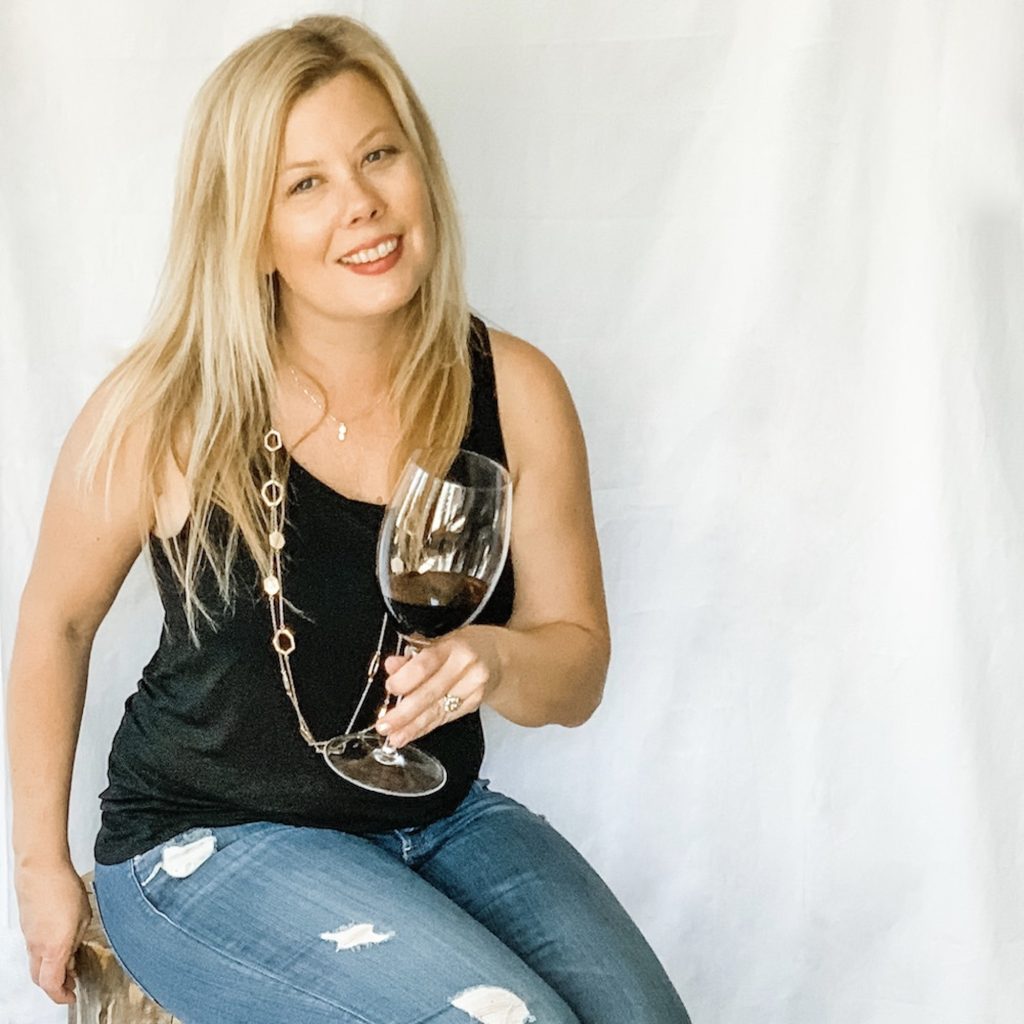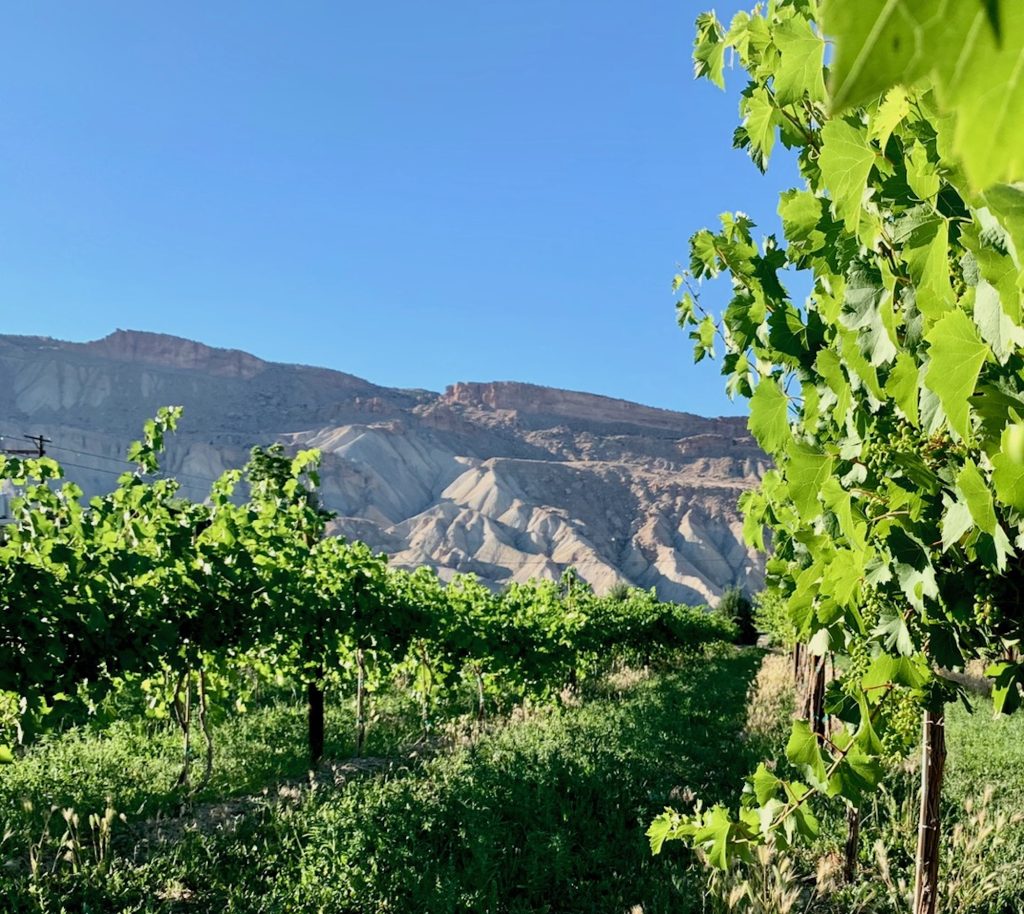 Wine expert Elaine Schoch with Carpe Travel finds the sips you won’t want to miss in Western Colorado.
Wine expert Elaine Schoch with Carpe Travel finds the sips you won’t want to miss in Western Colorado.
Elaine Schoch/Carpe Travel
Colorado is renowned for its Rocky Mountains, world-class ski resorts, and vibrant craft beer scene that’s home to 400 breweries. However, for wine enthusiasts — or those of us in the Vail Valley looking for a quick, unique weekend getaway — Colorado is also home to two designated wine regions, American Viticultural Areas and more than 170 licensed wineries to explore, 30 of which are two hours away in Palisade.
But what do you know about Colorado wine and its regions? Most people I chat with don’t know much, so given this valley’s proximity to Palisade, the heart of Colorado wine country, let’s spend this week’s column introducing you to our state’s wine scene.
One of the most distinctive features of our wine regions is altitude. The state’s vineyards are among the highest in the world, second only to those in Argentina. Most of our vineyards sit between 4,000 and 7,000 feet above sea level. The region’s high altitude and desert climate, characterized by warm days and cool nights, create ideal conditions for grape cultivation. This environment allows the fruit to achieve full ripeness while maintaining acidity, resulting in wines with a distinctive character.
 Colorado’s vineyards are among the highest in the world, second only to those in Argentina. Most of the vineyards sit between 4,000 and 7,000 feet above sea level. Elaine Schoch/Carpe Travel
Colorado’s vineyards are among the highest in the world, second only to those in Argentina. Most of the vineyards sit between 4,000 and 7,000 feet above sea level. Elaine Schoch/Carpe Travel
While wine is produced throughout the state, Colorado currently has two official American Viticultural Areas. The Grand Valley American Viticultural Area, the larger and more established of the two, stretches along the Colorado River between Palisade and Grand Junction. With the highest concentration of wineries in Colorado, Palisade offers an abundance of tasting opportunities.
There are too many to try to sip in one weekend, but a few musts I suggest you add to your itinerary include Colterris Winery, Bookcliff, Sauvage Spectrum, Restoration Vineyards, The Ordinary Fellow and Carboy Winery.

Support Local JournalismDonate
The West Elks American Viticultural Area, nestled along the North Fork of the Gunnison River between Paonia and Hotchkiss, is smaller but equally promising. It’s about an hour’s drive from Palisade. Some must-sips for your itinerary are Alfred Eames Cellars, Qutori Wines and The Storm Cellar. Both Alfred Eames Cellars and The Storm Cellar were winners in the 2023 Governor’s Cup.
Several non-American Viticultural Areas wine regions exist in Colorado, including Manitou Springs, Cañon City, Pikes Peak, Durango and the Four Corners region, hinting at the potential for futureAmerican Viticultural Area designations. The Winery at Holy Cross Abby in Cañon City makes a fabulous Cabernet franc.
Wines of Colorado
Colorado winemakers are experimenting with a range of grape varieties, both familiar and unique. While traditional varietals like cabernet sauvignon and merlot are produced in Colorado, don’t expect them to sip like big California cabs and merlots.
The high-altitude growing conditions in Colorado produce totally different results. For instance, a Colorado cabernet has a lighter, more delicate texture compared to a big, bold cabernet from Napa Valley. It’s a fun experiment to try a cabernet sauvignon from Napa Valley and Colorado side-by-side to taste the differences in the same grape from different regions. I’d suggest sipping the 2019 Colterris Cabernet Sauvignon, a double Gold Winner of the 2023 San Francisco International Wine Competition.
Several grape varieties thrive in Colorado’s unique terroir, specifically cabernet franc, riesling and malbec. As for others, I love what producers are doing with teroldego, tempranillo, petit verdot, albariño, chardonnay, gewürztraminer and viognier. I know that’s a lot, but the state’s wine production is growing far and fast. Watch for more cold-hardy French-American hybrids to enter the tasting rooms. Varietals such as verona, la crescent, marquette, petite pearl and traminette are starting to make their way into the bottle.
 The Palisade Fruit and Wine Byway is one of the popular biking routes in Colorado’s wine country..Elaine Schoch/Carpe Travel
The Palisade Fruit and Wine Byway is one of the popular biking routes in Colorado’s wine country..Elaine Schoch/Carpe Travel
Visiting Palisade
Wine Enthusiast Magazine named Colorado as one of the world’s Top Ten Wine Getaways of 2018. There is so much to see and sip. With Palisade being home to the highest concentration of wineries, it makes it an easy destination for a quick getaway. You can find several free itineraries on CarpeTravel.com, but for a high-level overview, try this.
Where to Stay: Wine Country Inn or Spoke & Vine
Where to Sip: Colterris Winery, Bookcliff Vineyards, Sauvage Spectrum, Restoration Vineyards, The Ordinary Fellow and Carboy Winery
Things to Do: The Palisade Fruit and Wine Byway, aka “The Fruit Loop” is one of the popular biking routes. For more experienced bikers, the Palisade Plunge offers 32 miles of downhill, backcountry, single-track bliss. Hikers head to Palisade Rim Trail. Everyone should eat their way through the local fruit stands. Head out to Colorado National Monument or Little Bookcliffs Wild Horse Range.
Elaine Schoch is an award-winning travel writer and wine judge, certified by the Wine & Spirit Education Trust (WSET) Level 2, and a certified American Wine Expert. She is also the editor at Carpe Travel, a content site focused on wine travel. You can follow her wine 101 and sipping adventures at CarpeTravel.com or Instagram.
Source link : http://www.bing.com/news/apiclick.aspx?ref=FexRss&aid=&tid=66f5ab09969c4b23a069212c3843aad1&url=https%3A%2F%2Fwww.vaildaily.com%2Fentertainment%2Funcorking-colorados-wine-country-heres-your-guide-to-getting-acquainted-with-our-states-unique-wine-scene%2F&c=6748173397349583616&mkt=en-us
Author :
Publish date : 2024-09-26 06:51:00
Copyright for syndicated content belongs to the linked Source.



